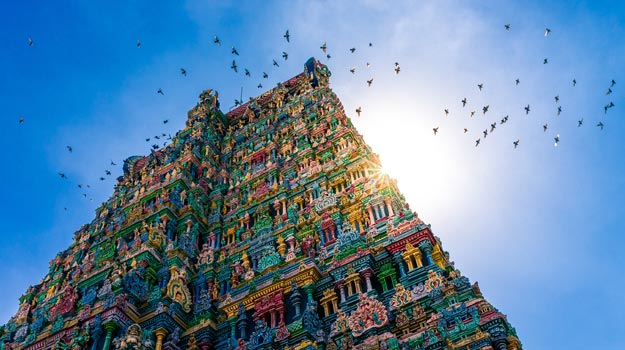Voice Over Sydney: All languages that have been around for more than a 1000 years do not have a very clear history beyond this point. Linguists speculate that most languages arose from one or the other Proto languages that developed at different parts of the world.
Voice Over Sydney: Tamil Roots
Tamil was born from the Proto Dravidian language that is thought to have existed before 500 BC. At this time, the Proto Dravidian separated out into Proto South Dravidian, Proto North Dravidian, and Proto Central Dravidian. Then, there was a further branch called Proto Central South Dravidian that Proto Telugu branched off into. Tamil and Kannada later separated into Proto Tamil and Proto Kannada somewhere around 3 BC. Old Tamil then split into Middle Tamil and Malayalam somewhere during the middle ages.
Voice Over Sydney: Tamil Culture
Tamil experienced a huge cultural burst starting approximately in the 2nd Century BC under the mixed reign of the Early Cholas, Pandyas, and to an extent, Cheras. Once a semantic structure was established, there were immediate written works in Old Tamil, starting from Brahmi inscriptions on clay pottery to long works like Tolkappiyam. Suddenly, Tamil went through a period of Dark Age after the Sangam period, between 300 and 700 CE where we don’t know much about what happened, but some beautiful poetry came out of the language. The epic poems Silappathikaram and Thirukkural were written during this time.
The Pandyas and Pallavas then revived their kindgoms again, and Tamil went through a major change in grammar and script, giving rise to what is now known as Middle Tamil. Main changes included doing away with the ஃ character’s original pronunciation and grammatical use, and introduction of the present tense of the time marker, the suffix, -கில். Kamba Ramayana was written in Middle Tamil and the modern grammar textbook, Nannul, was also written during this time. There were a number of Temples built and innumerable inscriptions etched on them.
So far, Tamil Nadu had remained distant from the rest of the Indian subcontinent, thriving on its own under very able kings, and therefore, Tamil lacked any Sanskrit influence. However, during this period, there was an on-off influence with Sanskrit owing to trade and repeated attempts at annexing south India by whoever ruled the rest of the country.
This soon led to the birth of Modern Tamil (starting 17th century) that we use today. Contact with English and other European nations (through trade via sea) led to some major changes were the colloquialisms and pronunciation differences. Lots of European punctuations like the full stop were introduced into the language. Under the British influence, the language constantly kept evolving, that led some purists to revive Middle Tamil under the Dravidian and the Pure Tamil Movements in the 20th Century. Unfortunately, the movements became too politicised and achieved an apex of removal of all non-Tamil cultural elements, which (in my opinion) yo-yoed, contradicted itself, was mismanaged, and didn’t manage to bring about peaceful change or revive Tamil to its olden glory.





